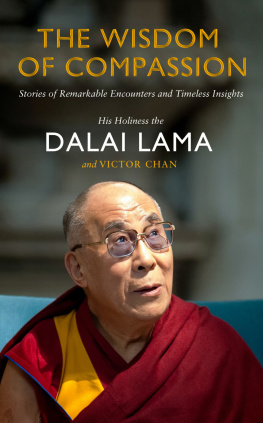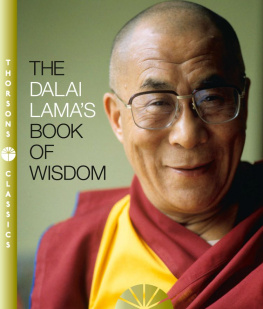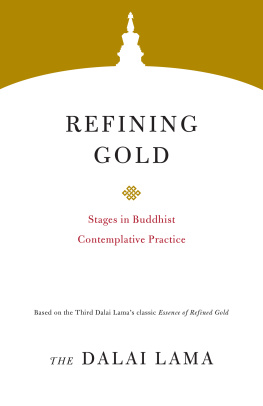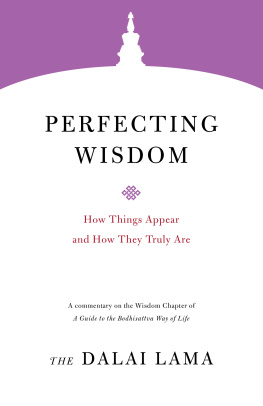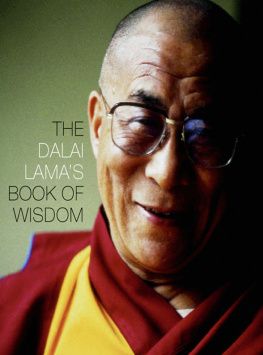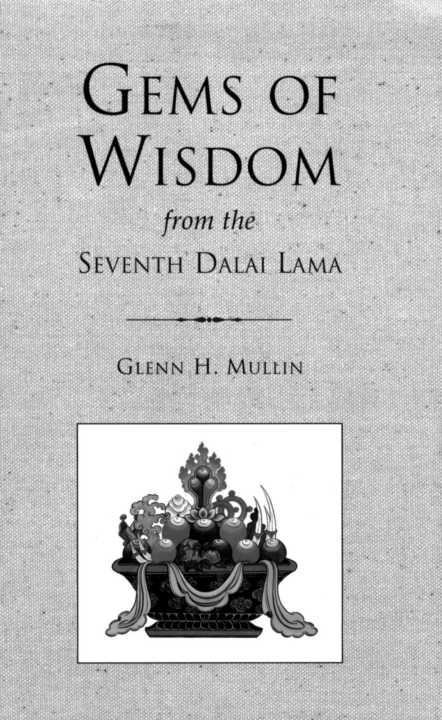






Translation and commentary
by Glenn H. Mullin





The year was 1720. The Seventh Dalai Lama, whose ordination name was Gyalwa Kalzang Gyatso, was only twelve years old. He sat on the throne that had been prepared for him in the Jokhang, Tibet's oldest and most sacred temple, and waited for his first audience with the peoples of Central Tibet to begin. Although he had been recognized as the Sixth Dalai Lama's reincarnation more than a decade earlier, at the time Lhasa was under the occupation of hostile Mongol forces, and therefore his early education had begun in his homeland far to the east and away from the turmoil, first in Kham and then Amdo. The Mongol forces had recently been routed, and now he had been brought to Lhasa and enthroned in the Potala.
In Lhasa he had been placed in the traditional five-room apartment on the roof of the Potala that was reserved for the Dalai Lama incarnations. The building itself stood on Red Mountain, and towered over the city like a crown jewel. It was said to have almost a thousand rooms, although only the five on the roof were officially his. The floor below him housed Namgyal Dratsang, the monastery that had been established by his predecessor (four lifetimes earlier) the Third Dalai Lama, and had evolved to become the private monastery of future Dalai Lamas. Other rooms housed audience chambers, chapels, libraries and archives.
Like most buildings in Tibet, the Potala had a flat roof His apartment opened onto a section of this that served as a large patio, and from here he could look out over the entire city. (This is the same rooftop courtyard depicted in the film Kundun, with His Holiness the present Dalai Lama as a youth looking out through a telescope.) His view took in a dozen ofLhasa's temples and monasteries, and also the mighty Kyichu River that flowed into the valley from the west and exited eastward. The Lhasa Valley was rimmed in on the north and south by mountains, and those on the north were dotted with monasteries, nunneries, temples and retreat hermitages, their faces turned to the warm southern sun. He had marveled at the spectacle that morning, before leaving for the Jokhang.
The city itself was in a mood of celebration. The Mongol forces that had held Lhasa for almost fifteen years had now been pushed out. Tibet was once more an independent nation, and their treasured Dalai Lama had been brought home. He was to give a public blessing for the first time that day, and thousands of people had lined up long before the sun had even risen. He leaned ahead on the throne that had been erected in the large courtyard in front of the main chapel of the Jokhang, and the long line began to make its way to where he sat. First came all the high lamas, then the kings, chieftains and their families, then the monks and nuns, and finally all and sundry. In his hand he held a small blessing wand, and he touched the head of each pilgrim with it as they filed past him. For a twelve-year-old boy born of humble stock in a rural area of eastern Tibet, it was quite a day.
Soon, however, this celebratory phase of his life was over, and was replaced by the strict regime of his spiritual education. He was to excel in this and go on to become one of the greatest Dalai Lamas in the history of the lineage.

As an adult, the Seventh Dalai Lama became a prolific writer. An enthusiast of Tantric Buddhism, many of' his literary endeavors are dedicated to his favorite tantric practices. These generally are highly technical in style, and are intended for initiates only. Indeed, their language is steeped in tantric symbolism to the degree that few non-initiates would be able to access their meaning. Tibetans call this type of literature "self secret." Many of the tantric works of the Seventh are hundreds of pages in length, and reveal the tremendous depth of'his spiritual learning and accomplishment. They also, of course, point to lineages oftantric transmission that he himself held. Texts in this genre are usually written at the request of a particular disciple or patron, and provide guidelines in specific tantric practices.
The work that serves as the focus of this volume, however, was created for an entirely different audience. Here the Seventh addresses the key elements of'spiritual life from a universal perspective. His medium naturally is the Buddhist linguistic environment, for he himself had been a Buddhist monk from the years of his early childhood. In other words, he speaks as a Buddhist monk on what he sees as being the most fundamental spiritual issues that confront us as human beings.
He writes in verse, and the style is one of question and answer. Each verse is fur lines in length, with the question posed in the first two lines and the answer provided in the last two. In total the text is 108 verses in length, an auspicious number in Tibetan Buddhism. He complements these with two introductory and two concluding verses.
He often brings humor into his writing, for Tibetans love to laugh. It could almost be called their national pastime. One verse, for example, asks the question, "What is like a smelly fart, that, although invisible, is obvious?" His reply: "One's own faults, that are precisely as obvious as the effort made to hide them." And in another verse he asks, "What is the body odor easy to acquire but hard to lose?" He replies by saying, "Habits picked up from people whose lives are far from truth."
In a concluding verse to the text he states,

In other words, he is not claiming to be the inventor of the spiritual teachings embodied in his text. Rather, what he has done is draw from the teachings of the great Buddhist masters of the past, including the Buddha himself; the early Indian Buddhist masters such as Nagarjuna, Aryadeva, Asanga, Vasubandhu, Shantideva and Atisha; and also the great Tibetan lamas such as Milarepa, Sakya Pandita, Lama Tsongkhapa, and the early Dalai Lama and Panchen Lama incarnations. Thus in this quintessential text he assembles the collective wisdom of more than 2,000 years of Buddhist history.
Next page


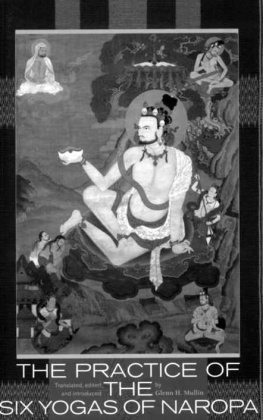
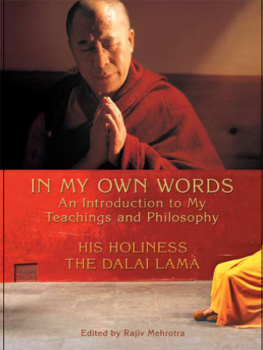
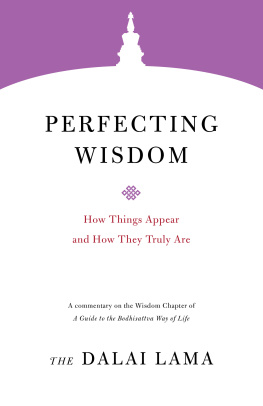
![Dalaï Lama XIV. - An introduction to Buddhism: [teachings on the Four noble truths, The eight verses on training the mind and the Lamp for the path to enlightenment]](/uploads/posts/book/207935/thumbs/dala-lama-xiv-an-introduction-to-buddhism.jpg)
